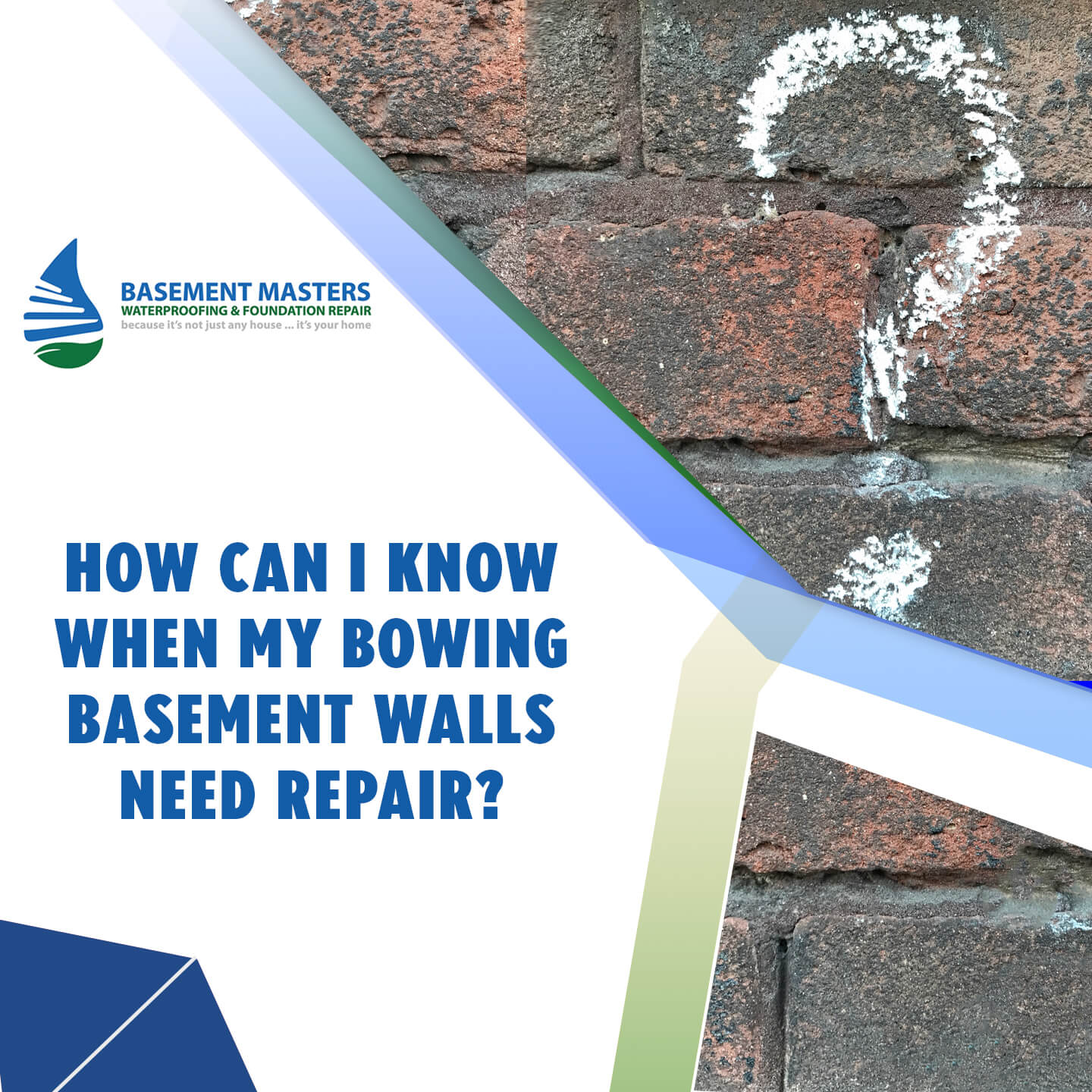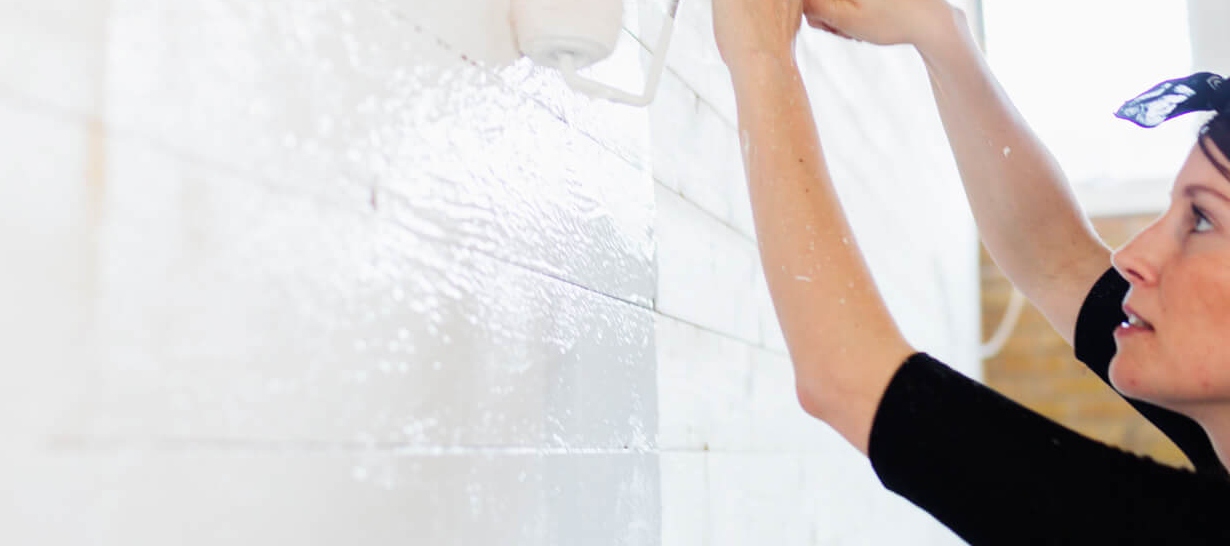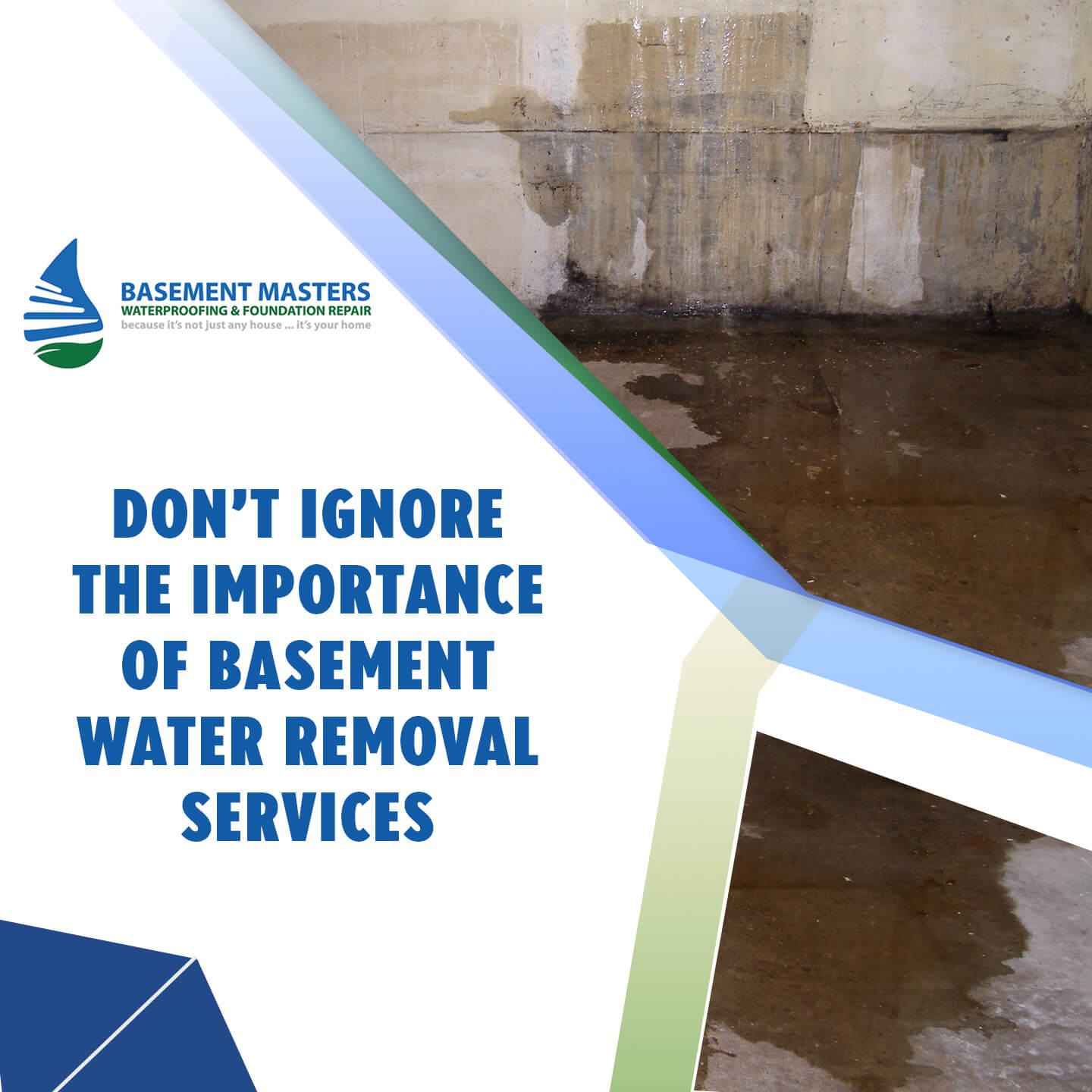Have you noticed any anomalies on the edges of the foundation walls that show signs of sloping or bending? This is a common occurrence in Maryland & Northern Virginia homes and throughout the country.
Whether basement walls are bent from waterlogging or freezing, it is vital to repair them before they continue to collapse. The best time to repair these walls is the hottest months of the year, namely from June to September.
However, if you notice severe water damage, you should repair the damaged walls as soon as possible. Basement wall repair costs vary depending on the severity of the problem and the location of your home.
This makes seeking estimates from professional firms an integral part of the process to ensure you move forward as efficiently as possible.
Signs of structural foundation issues
Vaulted basement walls
Vaulted basement walls can signal serious structural problems beneath the home.
It’s important to know that the most common cause of this problem is too much moisture in the soil around your home’s foundation. Natural groundwater can put unexpected stress on foundations, and improper drainage can increase moisture levels and stress vulnerable areas of foundations.
Arched walls
Regardless of the material your home is built from, you should always contact a professional for inspection and repairs. Another common cause of arched walls is poor drainage. As the soil supporting your foundation becomes saturated, the walls begin to swell and buckle inwards.
While it’s not always necessary to replace arched basement walls, you should consider a new or better drainage system. However, if the basement walls are curved and you’re unsure, call a professional for an inspection.
Wall cracks
Cracks are the most obvious sign of arched basement walls, but they are not necessarily the main sign of arched basement walls. When bending concrete or drywall, cracks in the foundation are often visible on the outside.
Visible cracks on the outside of the basement wall indicate damage and may become more severe depending on the degree of curvature.
Did you know that arched walls can also be caused by other problems like mold?
Moldy basement
A damp basement is an ideal place for mold to thrive. Wet conditions are also ideal for infestation by parasites, including mice, termites, and cockroaches. Some types of mold can attract these pests and cause damage to foundations and beams.
Various structural issues can also lead to vaulted basement walls, so it’s important to take the time to resolve these issues as soon as possible. In the presence of arched walls, they usually indicate the presence of hydrostatic pressure in the foundation.
This problem is dangerous in severe cases and requires immediate attention. Vaulted walls should be repaired immediately, especially if the basement is planned to be completed.
While these signs may be minor in nature, they become more severe as the condition worsens over time. The sooner you see a professional, the cheaper your repair will be (as opposed to the problems continuing to cause more and more damage to your home!).
If you’ve noticed these common signs of buckling in basement walls, you may need to repair them.
The first step is to remove everything that covers the surfaces of the walls so that you can get a better look at them. Cracks in basement walls must be repaired immediately and require immediate attention.
There are various methods for repairing arched walls, depending on the severity of the damage and the type of material the basement wall is built from.
Work with a foundation repair professional
Hiring a professional to repair your foundation is highly recommended. While you can attempt repairs yourself, it’s best to have a professional evaluate the problem before attempting any of the methods yourself. Attempting to repair it yourself can not only lead to poor performance, but also exacerbate the problem.
Heavy equipment and earthmoving equipment are required for proper repair. While repairing basement vaulted walls yourself may seem like an easy process, it can be expensive. The price depends on the severity of the problem. Some repairs can cost less than a thousand dollars, while others can cost tens of thousands of dollars.
Also, keep in mind that this might not be the most affordable option for you if you live in a big city. For example, you will need a team with heavy tools to work on the walls of your basement.
Common foundation repair methods
Carbon fiber
Carbon fiber tape is often used to repair vaulted basement walls.
Made of high-strength carbon fiber, they attach to the bottom of the basement wall and to the windowsill above. In this way, the carbon fiber tape can hold the basement walls together while distributing the load evenly.
This method is most effective on curved walls with less than two inches of curvature. There are several ways to repair arched walls in the basement. While repairing curved walls is not expensive, it is important to note that the more curvature, the more expensive the repair will be.
The best way to avoid further damage is to act as soon as you notice any signs of damage. Professional advice ensures that you get the most accurate and effective solutions to solve problems.
Wall anchors
One of the main repair methods is the installation of wall anchors. These anchors are installed by digging the earth at a 20 degree angle to the wall.
The steel plates are then attached to the basement wall at the end of the anchor. This will prevent further displacement of the wall caused by the external terrain. The steel plate that rests against the wall compensates for the hydrostatic pressure that causes the wall to buckle inwards.
An alternative method of repairing a basement wall is to install carbon fiber ties. These straps are made from high strength carbon fiber and are attached to the basement wall foundation and sill plate above. These belts will evenly distribute the load on the curved wall.
They will provide a permanent solution to the problem.
Repairs can also be easily hidden by painting basement walls. There are other ways to repair arched basement walls, but the most popular method is carbon fiber, known for its resilience and strength.
Improve water drainage
In addition to repairing arched basement walls, you can also prevent such damage by improving water drainage near the foundation. If you have a leaky pipe or drainage system, it could end up causing your basement walls to buckle.
If you find this kind of damage, the first thing to do is contact a professional. By entrusting the repair to professionals, you can be sure that it will be done correctly and safely.
If your foundation wall is buckling inward by more than half an inch, it’s time to contact a foundation repair professional to determine what needs to be done to fix it. They can inspect the walls and determine if any work is needed. A professional will be able to offer you a quote depending on the severity of the damage.
When considering the cost of maintaining a home, be sure to factor in the cost of repairing the foundation, as these repairs can be devastating if delayed for a long period of time. If you suspect your basement foundation is sagging, you can choose from two types of repairs: steel reinforcing strips or carbon fiber reinforcing strips.
The former can cost you up to a thousand dollars per panel. Both methods will include reinforcing strips and finishing. However, you should be aware that the latter will require plumbing support.
The cost of repairing vaulted basement walls will depend on the extent of the damage. Soil testing will determine the cause of the sag problem and whether major repairs are needed. A professional will be able to determine which material is best for your home.
Don’t let the curved basement walls make you hit! If you’re concerned about the condition of your home’s foundation, call Basement Masters Waterproofing today.
Schedule a FREE assessment of your property and rest easy knowing you’ve made an investment in the safety and well-being of your family home that will last for years to come.




